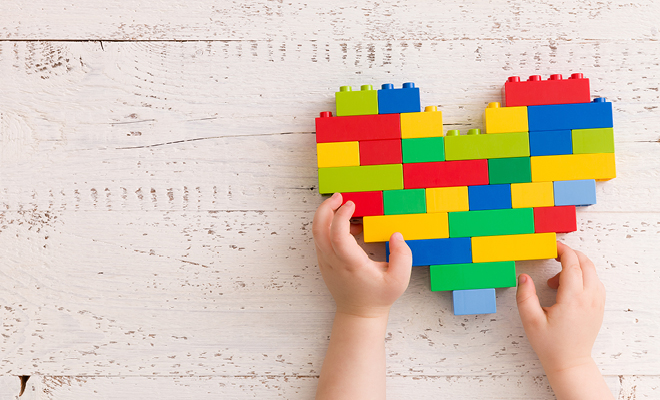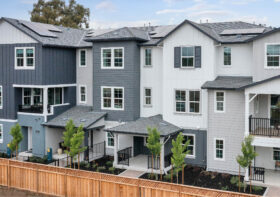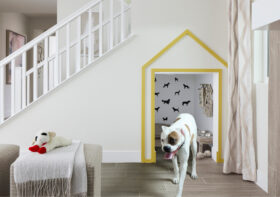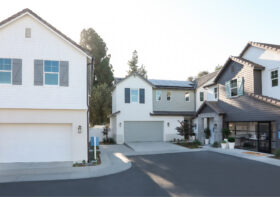Designing for an Autistic Child

Tips for Creating a Soothing Bedroom Environment for an Autistic Child
Children on the autism spectrum are acutely vulnerable to strong sensory stimuli. Bright light, loud sounds, and rough material can cause an autistic child to act out in unpredictable ways or to seek relief by withdrawing. This susceptibility makes an autistic child’s bedroom a very important place, a refuge from the intrusions and chaos of the world. For parents, the challenge is to understand your child’s stressors and negate them with a soft, quiet, and calming environment.
Relaxing Colors
Avoid the urge to give your child a bright, cheery space by overwhelming the area with strong reds and yellows. Instead, listen carefully to your child and incorporate his wishes into the design. Autistic children typically favor pale pinks, soft greens, muted blues, and neutral earth tones. Use color to provide a relaxing environment that will help calm your child when he needs solitude. Also, wallpaper with busy patterns can be just as overwhelming as bright colors, so stay away from stripes, patterns, borders, and reflective material.
Storage and Organization
Disorganization and clutter are enough to make anyone feel anxious. For an autistic child, clutter means visual chaos and can be emotionally unsettling. So, make it simple for your child to stay organized. Add lightweight, multi-colored plastic bins so he can easily satisfy the need to stay organized. This way, he can readily find a favorite toy, and it will make clean-up quick and easy.
Air Quality
Children need plenty of sleep as they grow, but a home with poor indoor air quality can impair respiration and make it difficult for a youngster to sleep soundly. You can help maintain healthy breathing air by using an air purifier with a HEPA filter in his bedroom. Not only will he breathe more freely, but he may find the steady soft sound of the purifier soothing. And always use high-quality air filters in your HVAC unit, being careful to change them on a regular basis.
Lighting
Soft but adequate, non-glare lighting typically works best in an autistic child’s bedroom. You can also emphasize natural light with window treatments that let in plenty of sunshine and block out the light when desired (blackout shades may be necessary for some children). Soft natural lighting with incandescent bulbs is best for creating a calming environment — avoid fluorescent lights, which emit intrusive, intermittent light. Add dimmer switches and nightlights for children who dislike sleeping in total darkness.
Sensory-Friendly Bedding
Devote the same strategic thinking when selecting bedding for your child. Let him try different kinds of cloth (like flannel or cotton) to get a good idea of what will make him most comfortable. It’s a good bet that he’ll be happy with the same material used in his favorite clothing. Take design cues from your child — he knows best what kind of cloth feels rough or itchy.
Autistic children often do well with compression sheets, which provide soothing deep-body pressure. Some prefer a weighted blanket or heavy comforter. As with colors and lighting, don’t make assumptions about what bedding will be best — let him tell you what will work best.
Smart Features for Safety
Concerns over privacy may have to take a back seat to safety and security if your autistic child has a history of wandering. Keeping him safe may depend on whether you’re able to track his movements, so consider installing motion-activated security cameras. There are different kinds of cameras that meet a variety of needs; always consider your options carefully based on your child’s unique situation, as well as cost.
A well-conceived bedroom design will provide your child that all-important “safe place.” It should be his haven, an instantly comforting space when he feels unsettled and nervous. Pay close attention to his wishes and suggestions. Giving him a voice in his bedroom design will be an empowering, confidence-building experience.
This blog was written by a guest author. To learn more, please visit her website: http://specialhomeeducator.com/




Leave a Reply